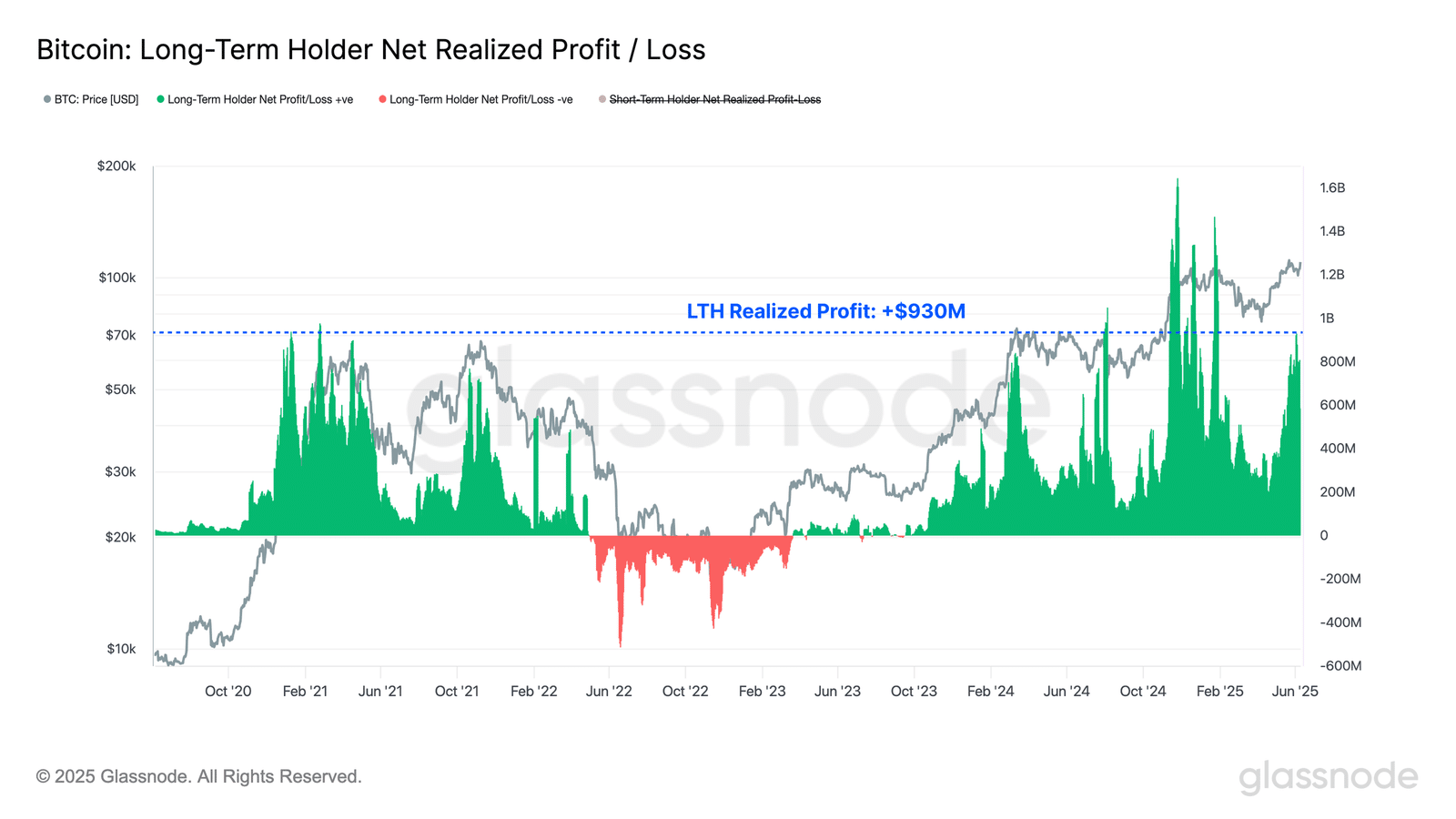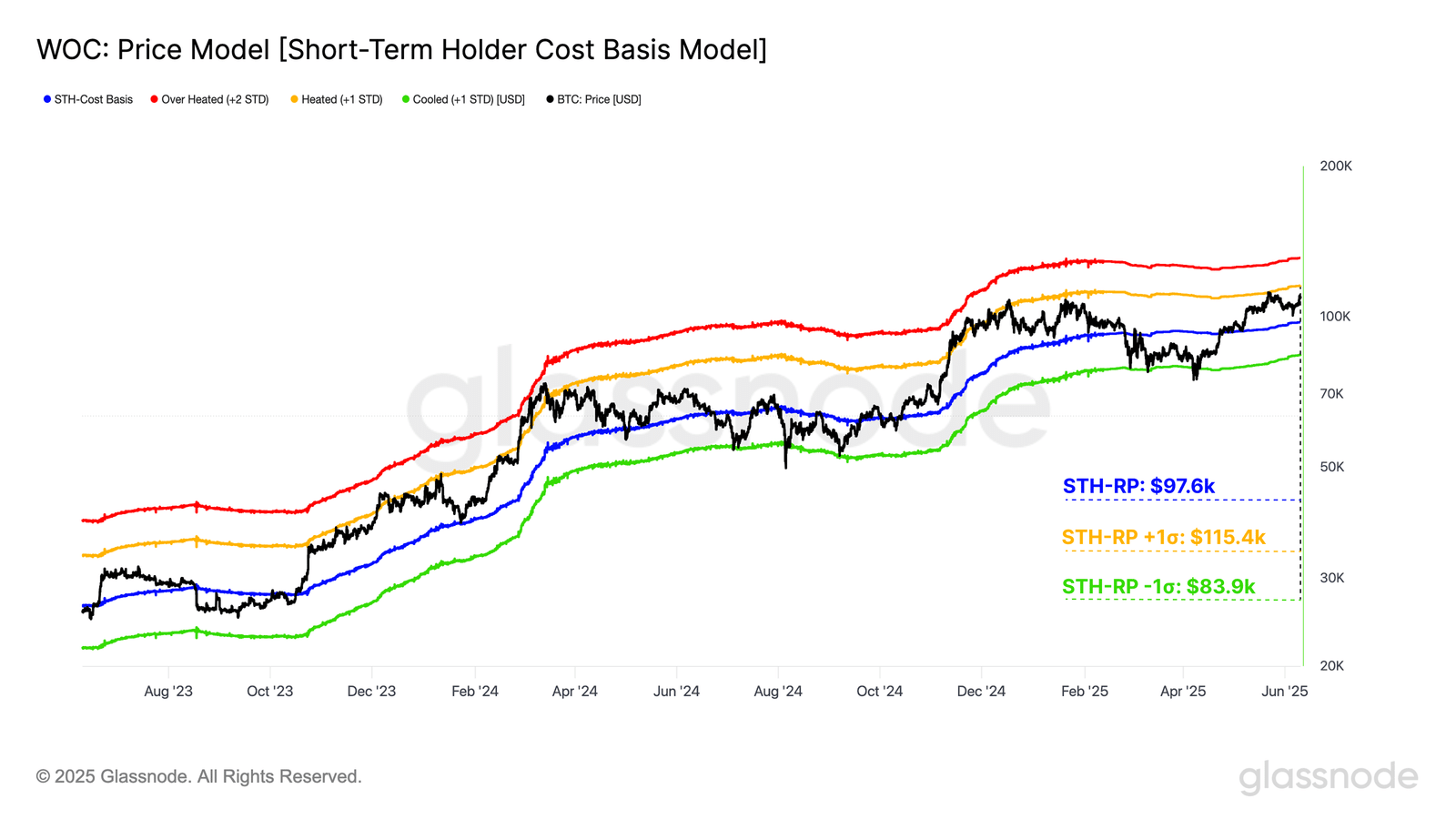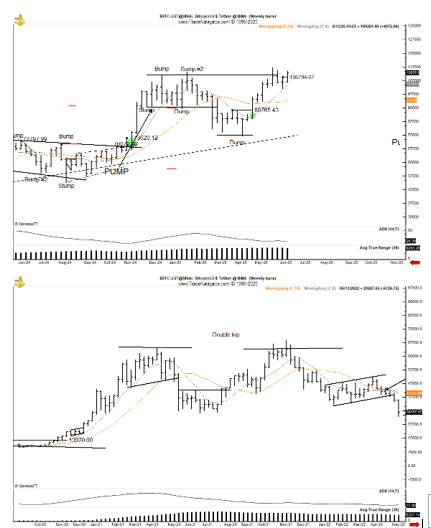| COINOTAG recommends • Exchange signup |
| 💹 Trade with pro tools |
| Fast execution, robust charts, clean risk controls. |
| 👉 Open account → |
| COINOTAG recommends • Exchange signup |
| 🚀 Smooth orders, clear control |
| Advanced order types and market depth in one view. |
| 👉 Create account → |
| COINOTAG recommends • Exchange signup |
| 📈 Clarity in volatile markets |
| Plan entries & exits, manage positions with discipline. |
| 👉 Sign up → |
| COINOTAG recommends • Exchange signup |
| ⚡ Speed, depth, reliability |
| Execute confidently when timing matters. |
| 👉 Open account → |
| COINOTAG recommends • Exchange signup |
| 🧭 A focused workflow for traders |
| Alerts, watchlists, and a repeatable process. |
| 👉 Get started → |
| COINOTAG recommends • Exchange signup |
| ✅ Data‑driven decisions |
| Focus on process—not noise. |
| 👉 Sign up → |
-
Bitcoin’s recent price movements have sparked debate among experts, with some warning of a potential sharp decline while others highlight strong support levels and innovative borrowing trends.
-
Market dynamics suggest that large holders may increasingly leverage their Bitcoin holdings instead of selling, potentially limiting downward pressure on prices.
-
According to Bitwise CEO Hunter Horsley, borrowing against BTC could become the preferred liquidity strategy, a view supported by JPMorgan Chase’s recent adoption of crypto ETFs as collateral.
Bitcoin faces mixed signals as borrowing trends rise and sell-offs moderate; key support at $97.6K and resistance near $115.4K shape short-term outlook.
Bitcoin’s Short-Term Outlook: Balancing Sell-Offs and Borrowing Trends
Bitcoin (BTC) has experienced notable volatility recently, with prices briefly testing the $110,000 mark before settling around $109,500. Despite this, on-chain data from Glassnode reveals that selling pressure from long-term holders (LTH) has increased to approximately $930 million per day. However, this figure remains modest compared to previous peaks, such as the $1.64 billion daily sell-off during the initial breakout above $100,000.
This restrained selling activity suggests that the market is not currently undergoing a broad distribution phase, which typically precedes significant price declines. Glassnode’s analysis highlights two critical price levels: a near-term resistance at $115,400 and a pivotal support at $97,600, based on the short-term holder (STH) cost basis model. Maintaining support above $97,600 is essential to sustain bullish momentum, while surpassing $115,400 could signal the start of a new price discovery phase.
Borrowing Against Bitcoin: A New Liquidity Paradigm
As Bitcoin approaches higher price thresholds, industry leaders predict a shift in how holders access liquidity. Hunter Horsley, CEO of Bitwise, emphasizes that once Bitcoin surpasses the $130,000 to $150,000 range, holders are more likely to borrow against their assets rather than sell them. This trend is already gaining traction, with major financial institutions like JPMorgan Chase accepting crypto ETFs as collateral, thereby expanding lending options.
| COINOTAG recommends • Professional traders group |
| 💎 Join a professional trading community |
| Work with senior traders, research‑backed setups, and risk‑first frameworks. |
| 👉 Join the group → |
| COINOTAG recommends • Professional traders group |
| 📊 Transparent performance, real process |
| Spot strategies with documented months of triple‑digit runs during strong trends; futures plans use defined R:R and sizing. |
| 👉 Get access → |
| COINOTAG recommends • Professional traders group |
| 🧭 Research → Plan → Execute |
| Daily levels, watchlists, and post‑trade reviews to build consistency. |
| 👉 Join now → |
| COINOTAG recommends • Professional traders group |
| 🛡️ Risk comes first |
| Sizing methods, invalidation rules, and R‑multiples baked into every plan. |
| 👉 Start today → |
| COINOTAG recommends • Professional traders group |
| 🧠 Learn the “why” behind each trade |
| Live breakdowns, playbooks, and framework‑first education. |
| 👉 Join the group → |
| COINOTAG recommends • Professional traders group |
| 🚀 Insider • APEX • INNER CIRCLE |
| Choose the depth you need—tools, coaching, and member rooms. |
| 👉 Explore tiers → |
This evolving borrowing ecosystem could reduce the supply of Bitcoin on the market, potentially driving prices higher due to scarcity. Horsley notes, “There’s simply not going to be enough Bitcoin” to meet demand if this trend continues, underscoring the potential for sustained upward price pressure.
Contrasting Views: Peter Brandt’s Bearish Projection
Despite optimistic borrowing trends, some analysts remain cautious. Veteran trader Peter Brandt has warned that Bitcoin’s current price action resembles a double top pattern similar to the one observed in 2021. He projects a possible 75% correction, which would see Bitcoin’s price fall from around $109,000 to approximately $27,000.
| COINOTAG recommends • Exchange signup |
| 📈 Clear interface, precise orders |
| Sharp entries & exits with actionable alerts. |
| 👉 Create free account → |
| COINOTAG recommends • Exchange signup |
| 🧠 Smarter tools. Better decisions. |
| Depth analytics and risk features in one view. |
| 👉 Sign up → |
| COINOTAG recommends • Exchange signup |
| 🎯 Take control of entries & exits |
| Set alerts, define stops, execute consistently. |
| 👉 Open account → |
| COINOTAG recommends • Exchange signup |
| 🛠️ From idea to execution |
| Turn setups into plans with practical order types. |
| 👉 Join now → |
| COINOTAG recommends • Exchange signup |
| 📋 Trade your plan |
| Watchlists and routing that support focus. |
| 👉 Get started → |
| COINOTAG recommends • Exchange signup |
| 📊 Precision without the noise |
| Data‑first workflows for active traders. |
| 👉 Sign up → |
However, this bearish outlook faces skepticism due to historical support levels. Past bear markets have seen Bitcoin’s price stabilize near the 200-week moving average, which currently hovers around $48,000. This level has historically acted as a strong floor, mitigating the severity of price crashes.

| COINOTAG recommends • Traders club |
| ⚡ Futures with discipline |
| Defined R:R, pre‑set invalidation, execution checklists. |
| 👉 Join the club → |
| COINOTAG recommends • Traders club |
| 🎯 Spot strategies that compound |
| Momentum & accumulation frameworks managed with clear risk. |
| 👉 Get access → |
| COINOTAG recommends • Traders club |
| 🏛️ APEX tier for serious traders |
| Deep dives, analyst Q&A, and accountability sprints. |
| 👉 Explore APEX → |
| COINOTAG recommends • Traders club |
| 📈 Real‑time market structure |
| Key levels, liquidity zones, and actionable context. |
| 👉 Join now → |
| COINOTAG recommends • Traders club |
| 🔔 Smart alerts, not noise |
| Context‑rich notifications tied to plans and risk—never hype. |
| 👉 Get access → |
| COINOTAG recommends • Traders club |
| 🤝 Peer review & coaching |
| Hands‑on feedback that sharpens execution and risk control. |
| 👉 Join the club → |
Source: Glassnode

Source: Glassnode

| COINOTAG recommends • Exchange signup |
| 📈 Clear control for futures |
| Sizing, stops, and scenario planning tools. |
| 👉 Open futures account → |
| COINOTAG recommends • Exchange signup |
| 🧩 Structure your futures trades |
| Define entries & exits with advanced orders. |
| 👉 Sign up → |
| COINOTAG recommends • Exchange signup |
| 🛡️ Control volatility |
| Automate alerts and manage positions with discipline. |
| 👉 Get started → |
| COINOTAG recommends • Exchange signup |
| ⚙️ Execution you can rely on |
| Fast routing and meaningful depth insights. |
| 👉 Create account → |
| COINOTAG recommends • Exchange signup |
| 📒 Plan. Execute. Review. |
| Frameworks for consistent decision‑making. |
| 👉 Join now → |
| COINOTAG recommends • Exchange signup |
| 🧩 Choose clarity over complexity |
| Actionable, pro‑grade tools—no fluff. |
| 👉 Open account → |
Source: Peter Brandt/X
Conclusion
Bitcoin’s near-term trajectory remains influenced by a balance of cautious selling from long-term holders and innovative liquidity strategies such as borrowing against BTC. While bearish scenarios like Peter Brandt’s double top projection warrant attention, historical support levels and evolving market behaviors suggest that a severe downturn may be unlikely. Investors should monitor key price points around $97,600 and $115,400, as these will be critical in determining whether Bitcoin continues its bullish momentum or faces increased volatility. Staying informed and considering multiple perspectives will be essential for navigating the dynamic crypto landscape.
| COINOTAG recommends • Members‑only research |
| 📌 Curated setups, clearly explained |
| Entry, invalidation, targets, and R:R defined before execution. |
| 👉 Get access → |
| COINOTAG recommends • Members‑only research |
| 🧠 Data‑led decision making |
| Technical + flow + context synthesized into actionable plans. |
| 👉 Join now → |
| COINOTAG recommends • Members‑only research |
| 🧱 Consistency over hype |
| Repeatable rules, realistic expectations, and a calmer mindset. |
| 👉 Get access → |
| COINOTAG recommends • Members‑only research |
| 🕒 Patience is an edge |
| Wait for confirmation and manage risk with checklists. |
| 👉 Join now → |
| COINOTAG recommends • Members‑only research |
| 💼 Professional mentorship |
| Guidance from seasoned traders and structured feedback loops. |
| 👉 Get access → |
| COINOTAG recommends • Members‑only research |
| 🧮 Track • Review • Improve |
| Documented PnL tracking and post‑mortems to accelerate learning. |
| 👉 Join now → |
| COINOTAG recommends • Members‑only research |
| 📌 Curated setups, clearly explained |
| Entry, invalidation, targets, and R:R defined before execution. |
| 👉 Get access → |
| COINOTAG recommends • Members‑only research |
| 🧠 Data‑led decision making |
| Technical + flow + context synthesized into actionable plans. |
| 👉 Join now → |
| COINOTAG recommends • Members‑only research |
| 🧱 Consistency over hype |
| Repeatable rules, realistic expectations, and a calmer mindset. |
| 👉 Get access → |
| COINOTAG recommends • Members‑only research |
| 🕒 Patience is an edge |
| Wait for confirmation and manage risk with checklists. |
| 👉 Join now → |
| COINOTAG recommends • Members‑only research |
| 💼 Professional mentorship |
| Guidance from seasoned traders and structured feedback loops. |
| 👉 Get access → |
| COINOTAG recommends • Members‑only research |
| 🧮 Track • Review • Improve |
| Documented PnL tracking and post‑mortems to accelerate learning. |
| 👉 Join now → |










